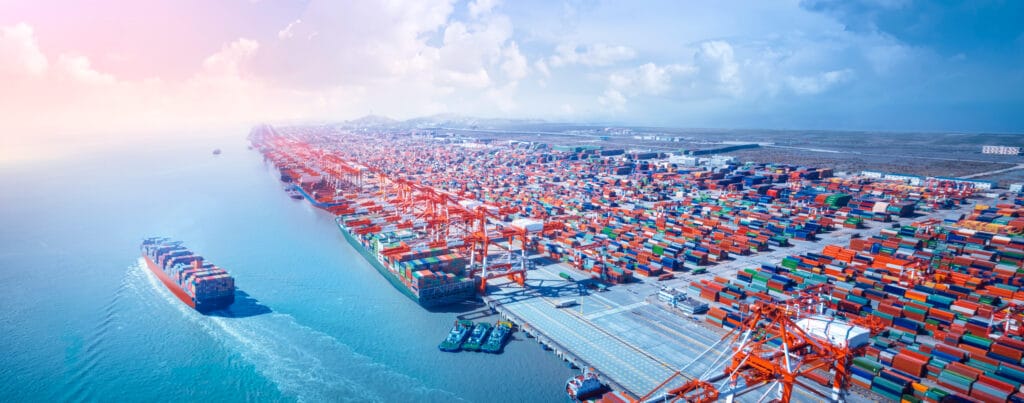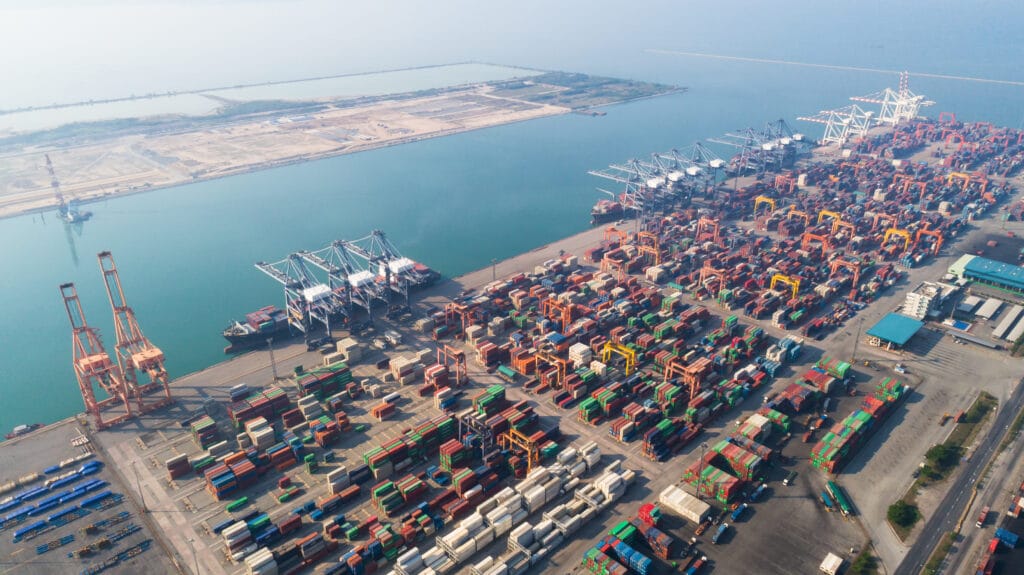The shipping industry is under intense pressure to reduce the amount of greenhouse gases emissions and consumption of fossil fuels by cargo ships. To follow the greening trend, the International Maritime Organization (IMO), which is the sector’s governing body, has implemented the Energy Efficiency Design Index (EEDI) and Ship Energy Efficiency Management Plan (SEEMP) for all vessels.
Why use a Ship Energy Efficiency Management Plan?
The Ship Energy Efficiency Management Plan (SEEMP) is a document that details measures set by shipping companies to improve the energy efficiency of each vessel on a long run. Described as an operational measure, the SEEMP is more a tool to estimate the current energy consumption of the vessel and lower it along with the GHG emissions. The Energy Efficiency Operational Indicator (EEOI) is often used as a monitoring tool.
Mandatory for all ships of at least 400 GT (gross tons), the SEEMP is to be kept on board the ship it has been implemented for. Indeed this is a custom-built plan that takes multiple factors into account, among which the ship type, the nature of the goods being transported, the ship routes. Even two identical ships owned by the same company but operating in different conditions need to have separate Ship Energy Efficiency Management plans. It is not possible to draw a unique SEEMP for the entire fleet.
How to Track a Ship In Real-Time ?
Let us look at how a ships’ real-time tracker works, its details and features, its benefits for all players in the shipping sector but also its weaknesses…
The content of Ship Energy Efficiency Management Plan
Below elements are key in a Ship Energy Efficiency Management Plan:
- Corporate energy management policy applicable to the entire fleet and used as a base to form individual SEEMP;
- Optimized methods to enhance the ship energy efficiency performance, reduce fuel consumption and promote the use of alternative fuel. These are made in order to cut one of the vessel’s main operating costs and lower air pollution.
Here are some of the measures that can be included in a SEEMP to save fuel and decrease GHG emissions, thanks to increased operational efficiency:
- optimizing the speed of the vessel: determining the optimal speed that allows less fuel consumption without delaying the ships’ ETA to the next call;
- changing the course to avoid storms and rough weather. With the weather routine, there is no need to put more power in the engine to propel the vessel against wind, resulting in higher fuel consumption. Furthermore, this ensures safety for the ship’s crew and cargo.
- maintaining hull: when clean and painted instead of being rough, the hull helps the ship move at the desired speed without having the machinery work harder.
- managing electric power: seafarers have to manage the use of all the ship’s pumps and auxiliary equipment apart from the power plant that generates the energy required for propulsion. The aim is to minimize electrical consumption, which affects the energy efficiency.
- ensuring real-time communication with all stakeholders of cargo operations at the port. Smooth information exchange between the ship’s crew, the shipping company, the port authorities and agents, the coast guards, etc., enables efficient cargo handling. With minimum time spent in port, the ship can maintain its schedule without having to sail at a higher speed, which leads to additional fuel consumption.
New advanced technologies have a key role to play to collect data and, make accurate prediction and take swift and relevant decisions. Internet of Objects, Machine Learning, Big data, Artificial Intelligence, automated software and equipment … are combined to anticipate weather conditions and other problems that may slow down the ship, to calculate optimum speed, to ensure smooth and safe port operations, etc.
For example, Sinay provides ship operators and importers with a free ETA Calculator Module to get an accurate prediction for ETA in just a few clicks.
A 4-step implementation process

Implementing a Ship Energy Efficiency Management Plan goes through four steps:
- Planning: it consists of assessing the current status of the ship’s energy efficiency by compiling various information: type of fuel used, fuel consumption, machinery configuration and efficiency, condition of the hull and paint, etc. The data collected are used to adapt the comprehensive corporate energy management policy to have an individual SEEMP for the ship. Then appropriate measures are defined.
- Implementation: it consists of identifying implementation methods, defining roles/responsibility, of the stakeholders involved and assigning tasks to the relevant person after training. Evaluation procedures also have to be established.
- Monitoring: once the SEEMP is implemented, its effectiveness has to be evaluated with specific tools such as the Energy Efficiency Operational Indicator (EEOI). This is an international standard representing the annual average ratio of carbon emissions divided by transport work (capacity transported) in its real operating condition.
How to Track a Ship In Real-Time ?
Let us look at how a ships’ real-time tracker works, its details and features, its benefits for all players in the shipping sector but also its weaknesses…
Why is the ship efficiency management plan crucial?
For regulating authorities worldwide, carbon emissions and its impact on climate is a major issue. With the global trade growth, there is an increased scrutiny on the maritime industry to reduce GHG emissions from ships.
As a matter of fact, sea freight sector is said to emit 940 million tons of total CO2 annually, meaning 2 to 3% of global emissions. And as per the last projections, this volume will increase by 50% to 250% in the next 30 years.
IMO has shown its commitment to reduce sea freight environmental impact through various measures. One of them was to make the Energy Efficiency Design Index (EEDI) mandatory for all new ships and to implement Ship Energy Efficiency Management Plan (SEEMP) and Energy Efficiency Operational Indicator (EEOI) to control greenhouse gas emissions from existing ships.
The main objective is to increase the ship’s overall efficiency in multiple ways:
- reducing fuel consumption;
- promoting less polluting source of energy;
- lowering CO2 emissions;
- decreasing operational costs;
Conclusion about ship efficiency management plan
The Ship Energy Efficiency Management Plan is not a fixed system. It has to evolve continuously so as to keep on saving more energy. All parties involved in the shipping operation contribute in implementing better solutions over time. Seafarers are at the front line, ensuring compliance with the procedures on board ship, gathering data, preparing reports from the logs and sending the to the company’s headquarters and all other concerned parties. But above all, their feedback and suggestion are crucial to further improve the SEEMP.
Frequently Asked Questions About SEEMP
Implementing a SEMP can help to optimize ship performance, reduce emissions, and prevent global problems caused by toxic pollutants released by ships. This is an important step in reducing toxic gas emissions that harm the environment.
Ports and vessels can contribute in several ways: by optimizing their route planification, transitioning to renewables and cleaner sources of fuel, running efficient port operations, slow steaming, energy on board saving, and battery technology adoption.
EEOI is an acronym for Energy Efficiency Operational Index. It allows to measure and improve energy efficiency in global shipping.





